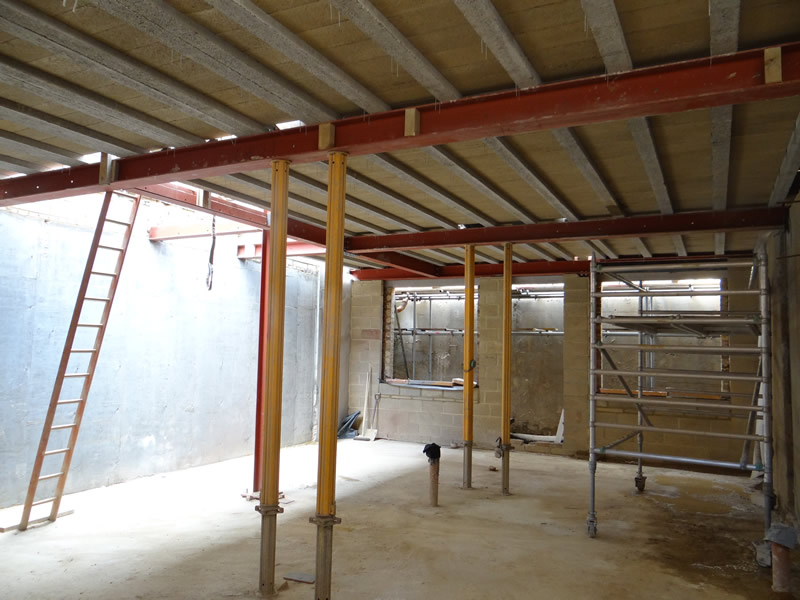Earlier this month the Housing Implementation Taskforce was convened for its maiden meeting, signalling the start of the government’s latest attempt to tackle the lack of affordable accommodation across the UK.
The Evening Standard reports that the existence of this group is a sign that politicians are beginning to think seriously about the housing crisis, which is most acutely felt in London. And the likelihood is that prefabricated buildings may ultimately be the best solution.
No Room at the Inn
Over the course of the 20th century, millions of new homes were built nationally. Construction accelerated especially quickly in the two decades following the end of the Second World War, allowing London to grow and also helping to create other cities and communities elsewhere as Britain recovered from the ravages of the conflict.
Today things are not looking so positive. Even a basement in London can sell for hundreds of thousands, if not millions, of pounds, and international investment has compromised the affordability of property for average people.
This is being compounded by the lack of new homes being built. By 2025 it is thought that the nation will need to be building 300,000 new homes each year to keep up with demand; London alone will take up 60,000 of this total.
Traditional building techniques are costly, time-consuming and not ideal when facing a challenge of this scale. So the answer, according to many industry experts and politicians, is to take the flat-pack approach.
Speed and Simplicity
Prefabricated homes are not a concept that has only arisen recently; they were used as early as the 1960s to ease the strain on the UK’s housing market. But the improvements in the underlying technology used to design and build them make them much more attractive as a large-scale solution today.
One of the biggest leaps made in this area involves the use of modular layouts, which are especially well suited to the building of contemporary apartment blocks.
Using more timber in the construction process lowers costs and streamlines the construction process. Mid-rise towers are also able to increase the density with which housing can be made available, which is an important factor when space is at such a premium in London.
Its proponents claim that modular prefab housing can even be an ecologically sound and environmentally sustainable alternative to other options. The use of space can be optimised, and its techniques can be applied to home building as well as to larger residential projects.
Important Outsourcing
While modular homes still require quite a bit of on-site construction work to complete, there are even more comprehensive prefab designs being developed at the moment.
This includes steel panel residences built by the emerging firm Ilke in Yorkshire, which can then be shipped to the capital on a truck and fitted out in less than a week.
The future of housing in London looks uncertain, but prefab and modular building techniques could be enough to make it brighter.

